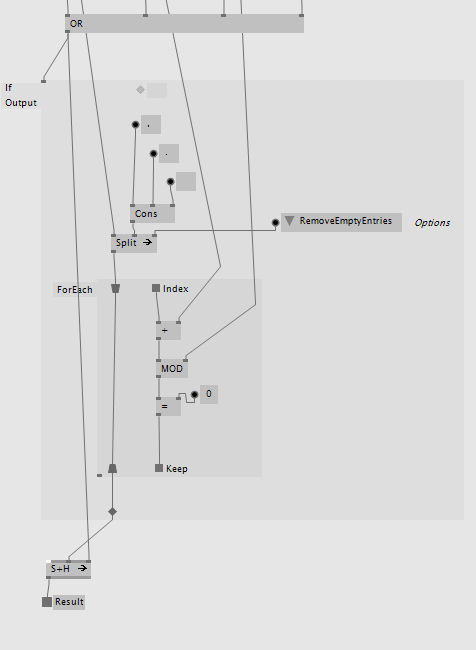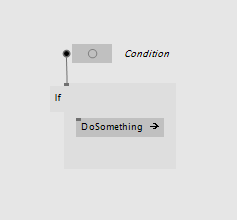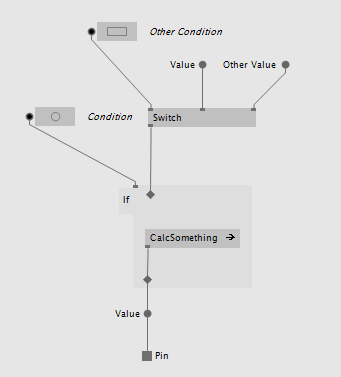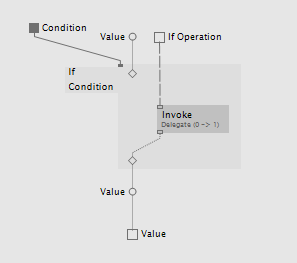@joreg thank you for tagging the thread. Still doing it the old way: if it’s in title, no need to tag it with it.
@guest Soooo… Do you know that I now understand why a patch it’s not so much of use? Because actually, unlike with vvvv, you can’t get any sort of hint and tips right\double\smash clicking nodes. But you need to understand this, feel it under your skin, while blank-staring at the full moon because your beer doesn’t taste as it any longer and reevaluating life choices, by doing it yourself for the very first time.
Anyway, leaving some stuff to fix as the starting index for the step spread, gives newbies chances to understand better, as one might think, where should I put a +. OMG. You can add pins by [CTRL,+]. OMG.
(As I saw that 4, I thought, “Here we go. Now we also get arrays starting at 1… Very good choice devvvvs, very good choice…” I was already in panic!)
VL, patching wise, does not work like regular vvvv, which is far more “relaxed”. In vvvv you can “take care of stuff later”, not in VL. This is good, because you must know what you want to do in advance, you’re not going to patch your way out of the issue along the road. Like a real adult.
Let me have a lollipop, before I can go on.
I wrote, iirc, gregsn to keep VL playful; his answer was a very elegant version of “that’s not going to happen” (I discovered today).
I already need another one, sigh.
Anyway, in the patch you gave us, there a couple more thingies I wasn’t able to fully understand (because the rest, instead…). That stringSpread: Spread <String> which is kind of a recursive stuff, since top and bottom holds the same value. @all, what’s that?
EDIT:
That step spread way that you found needs more operations. See picture (in which I think I replicated the logic in your patch: just try to change start position). Starts from 2 and keeps adding 7. Am I missing something?








